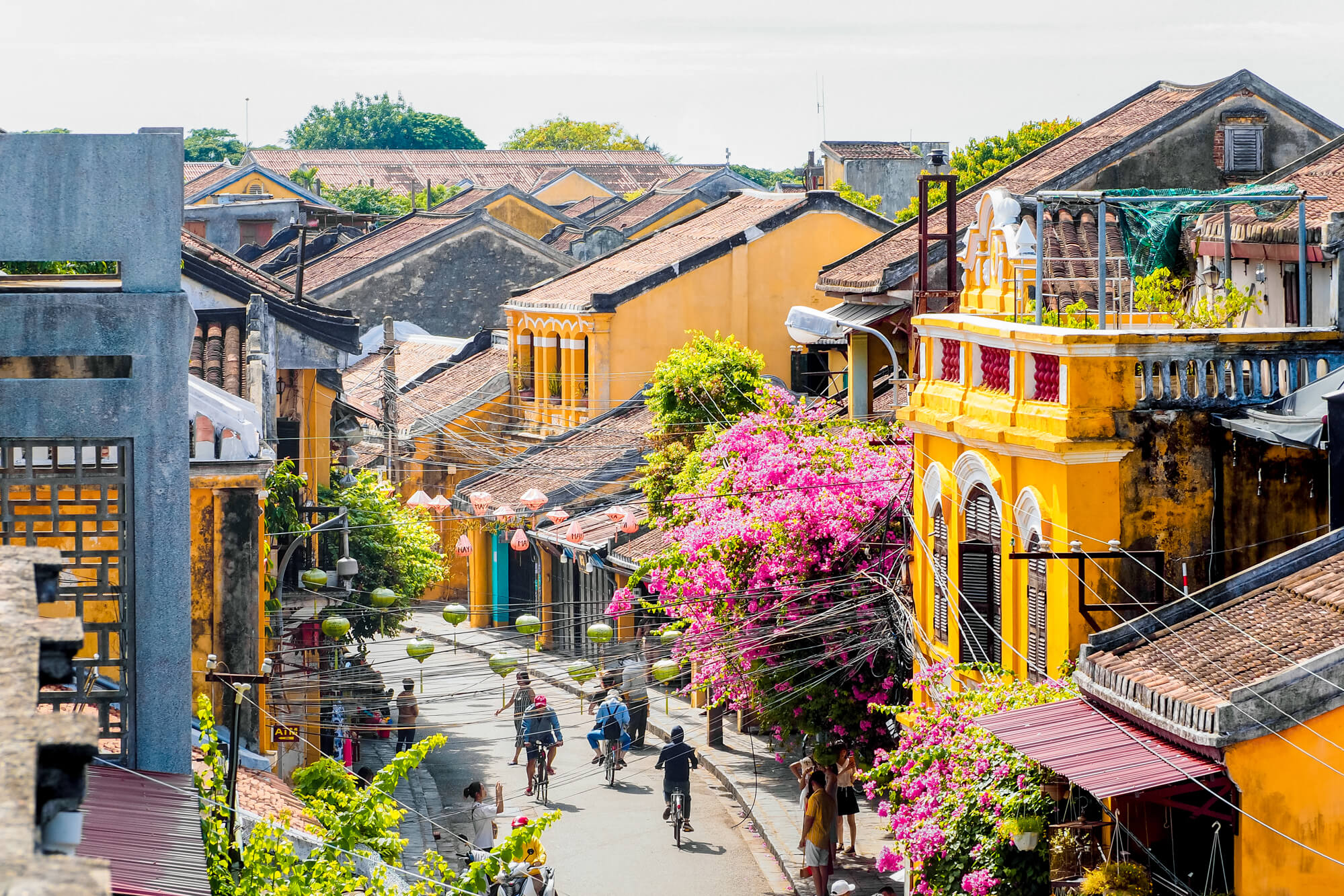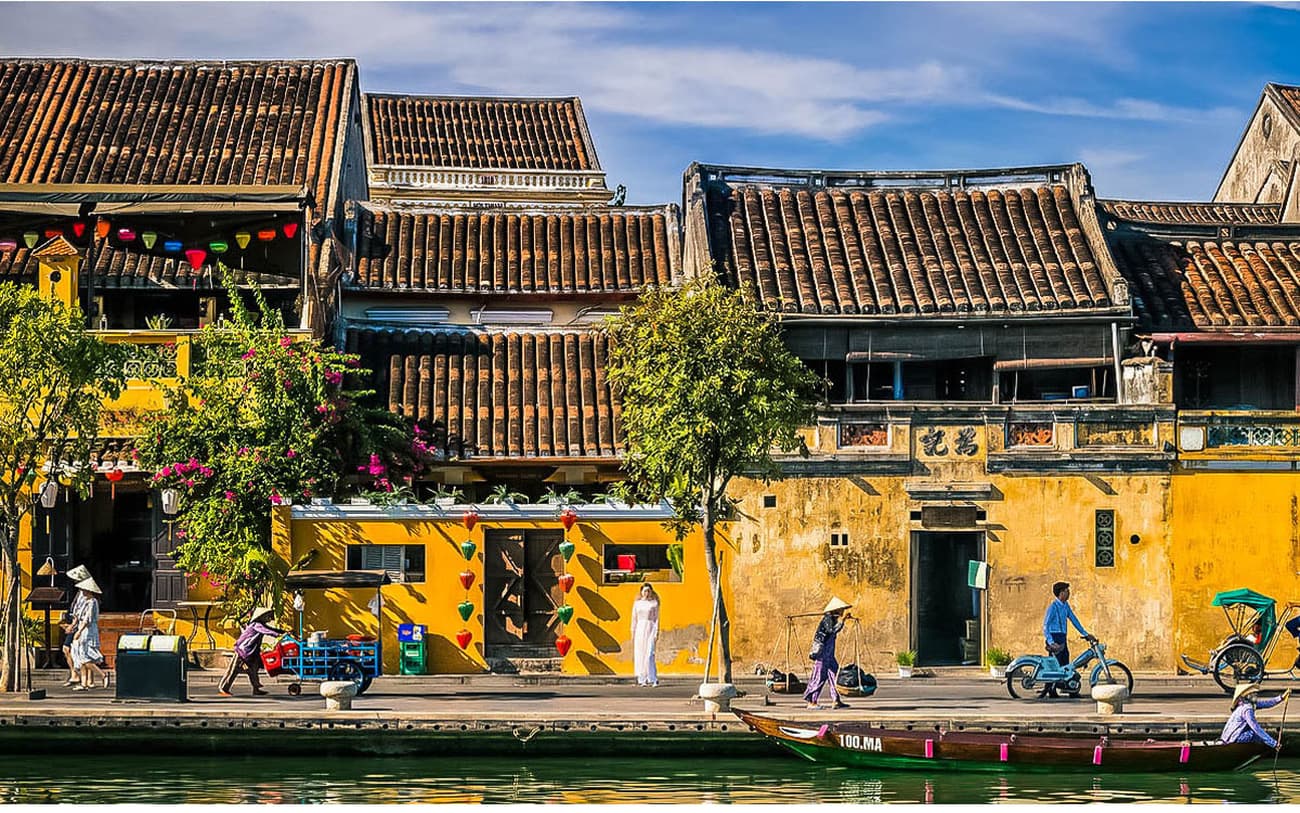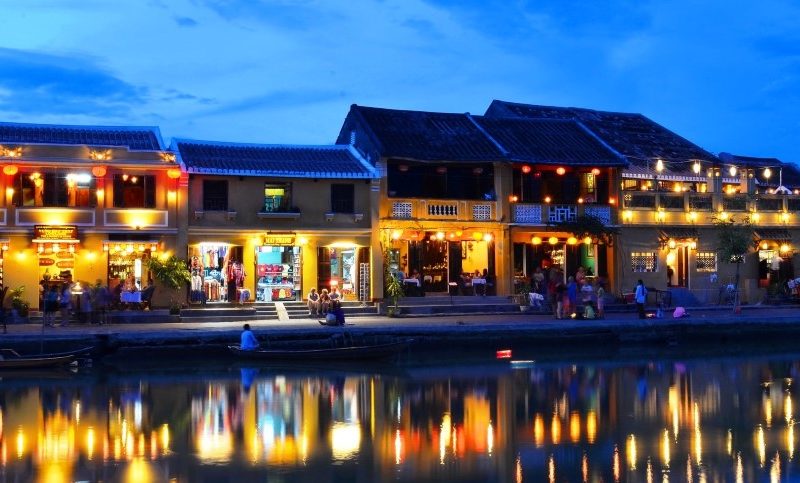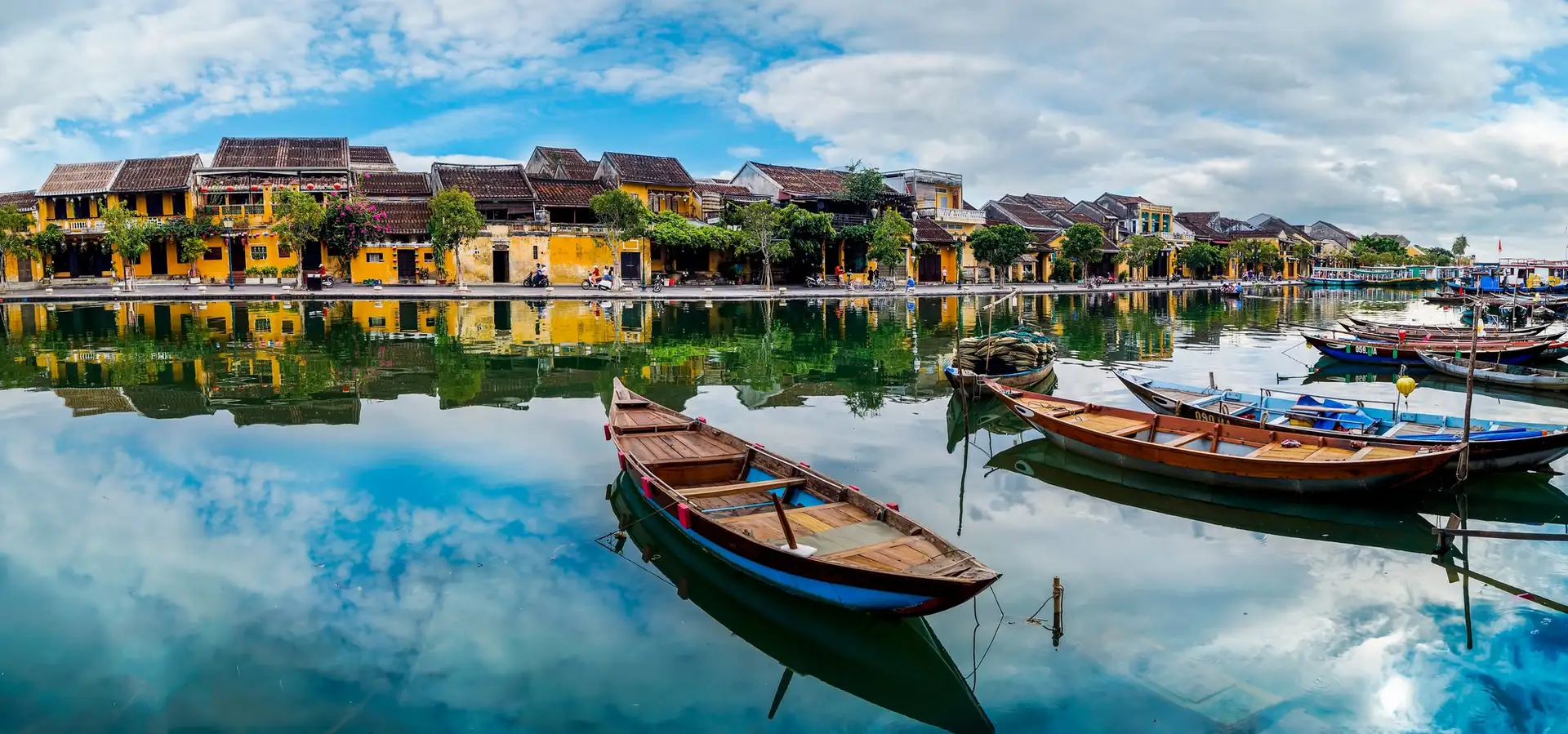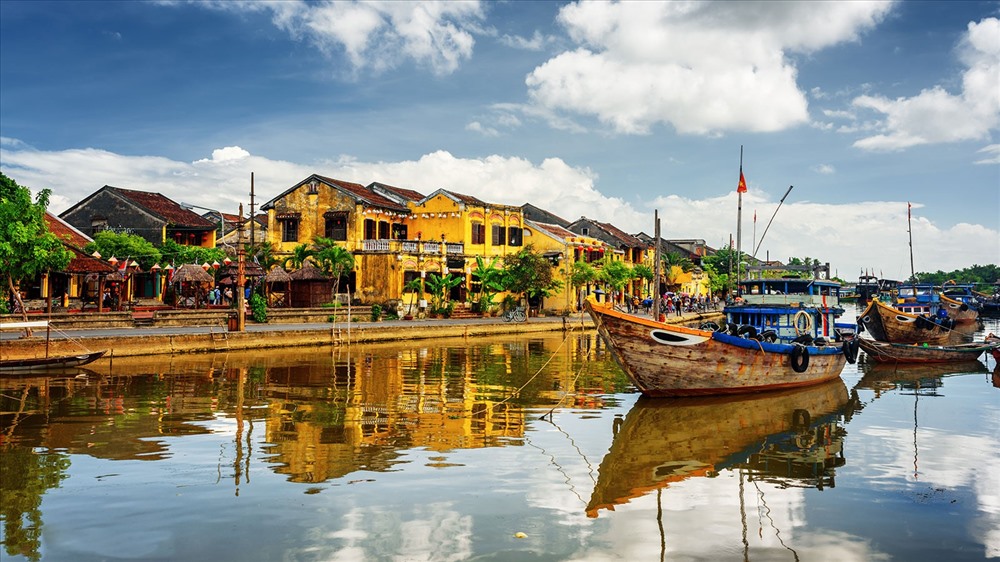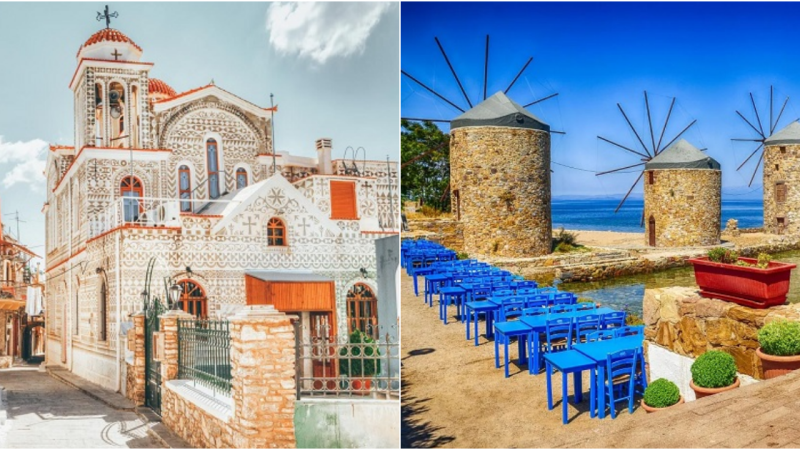Hoi An: Unveiling the Timeless Charms of Vietnam’s Cultural Gem
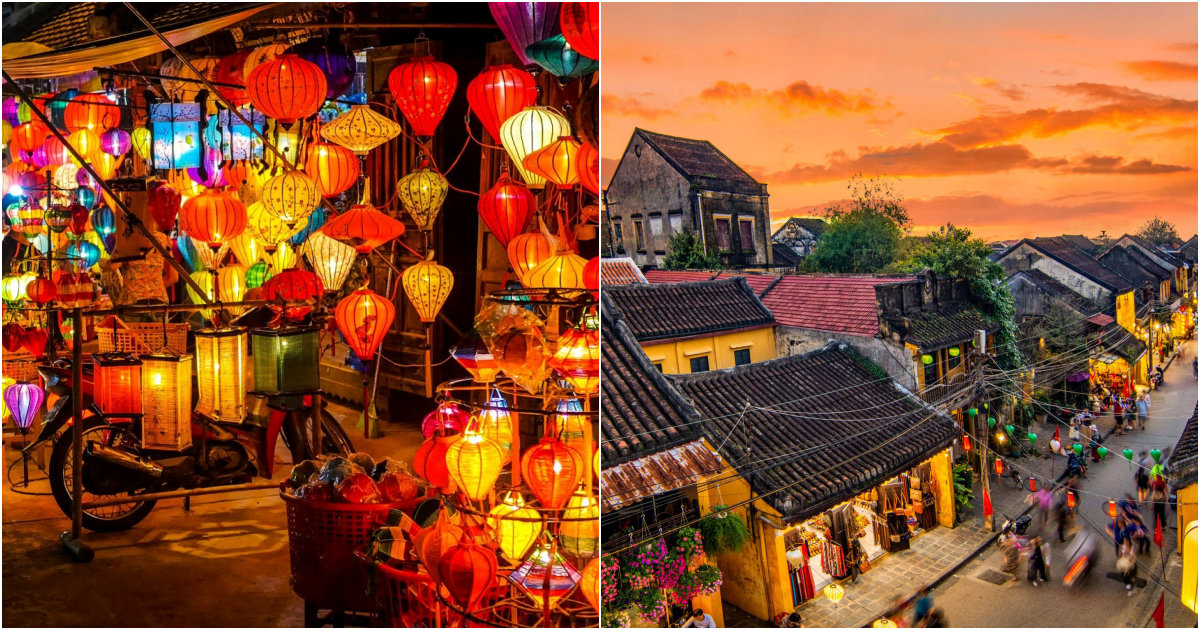
Hoi An is a city located on the northern bank of the lower section of the Thu Bon River. It is situated approximately 25 kilometers southeast of Da Nang and 50 kilometers northeast of Tam Ky. Since the 16th and 17th centuries, this place has been renowned by the name “Faifoo” and served as a prominent trading port and commercial center for Japanese, Chinese, Portuguese, Italian, and other merchants in Southeast Asia.
Today, Hoi An has managed to preserve its ancient architectural sites and intangible cultural heritage, including customs, rituals, folk arts, cultural festivals, and traditional craft villages. Additionally, the culinary culture of Hoi An is also one of the remarkable aspects frequently mentioned by visitors. If you haven’t tried the traditional dishes such as Cao Lau, Mi Quang, and “white rose” dumplings, it can be said that you haven’t truly experienced Hoi An.
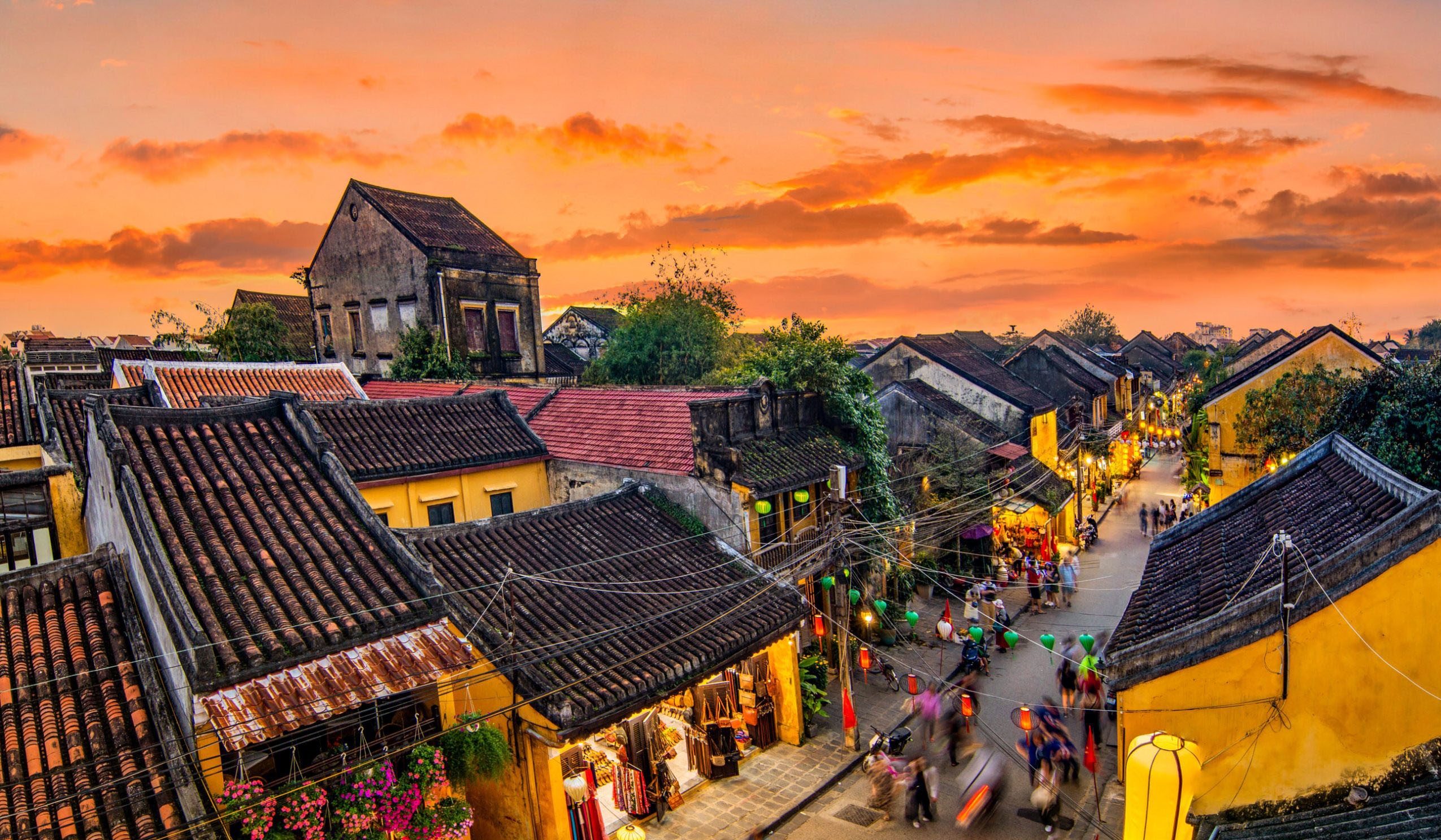
Hoi An’s historical significance and well-preserved cultural heritage have earned it recognition as a UNESCO World Heritage Site. The city’s architecture reflects a unique blend of indigenous and foreign influences, characterized by Chinese shophouses, Japanese covered bridges, French colonial buildings, and Vietnamese tube houses. The streets of Hoi An are adorned with colorful lanterns, adding to the enchanting atmosphere, particularly during the monthly Full Moon Festival when the town is illuminated by thousands of lanterns.
Visitors can explore Hoi An’s ancient town on foot or by bicycle, strolling through narrow alleys lined with centuries-old buildings. The city’s rich heritage is also evident in its numerous temples, assembly halls, and communal houses, each with its own distinctive architectural style and religious significance.
In addition to its cultural and historical attractions, Hoi An is known for its skilled artisans and traditional craft villages. Visitors can witness firsthand the intricate processes of silk weaving, pottery making, lantern crafting, and wood carving. Many of these crafts have been passed down through generations, and the artisans take great pride in their work.
Hoi An’s culinary scene is another highlight that should not be missed. The city offers a diverse range of dishes, blending local flavors with international influences. Cao Lau, a traditional noodle dish made with pork and served with fresh herbs, is a must-try. Mi Quang, a turmeric-infused noodle dish topped with shrimp, pork, and crunchy rice crackers, is also highly recommended. The “white rose” dumplings, made with translucent rice flour and filled with shrimp, are a delicacy unique to Hoi An.

To fully immerse in the cultural experience, visitors can participate in cooking classes, where they learn to prepare traditional Vietnamese dishes using fresh local ingredients. The bustling Central Market is an excellent place to explore and sample a variety of local produce, herbs, and spices.
In conclusion, Hoi An stands as a living testament to its rich history and cultural heritage. Its well-preserved ancient town, traditional crafts, vibrant festivals, and delectable cuisine make it a captivating destination for travelers seeking a glimpse into Vietnam’s past and present.
